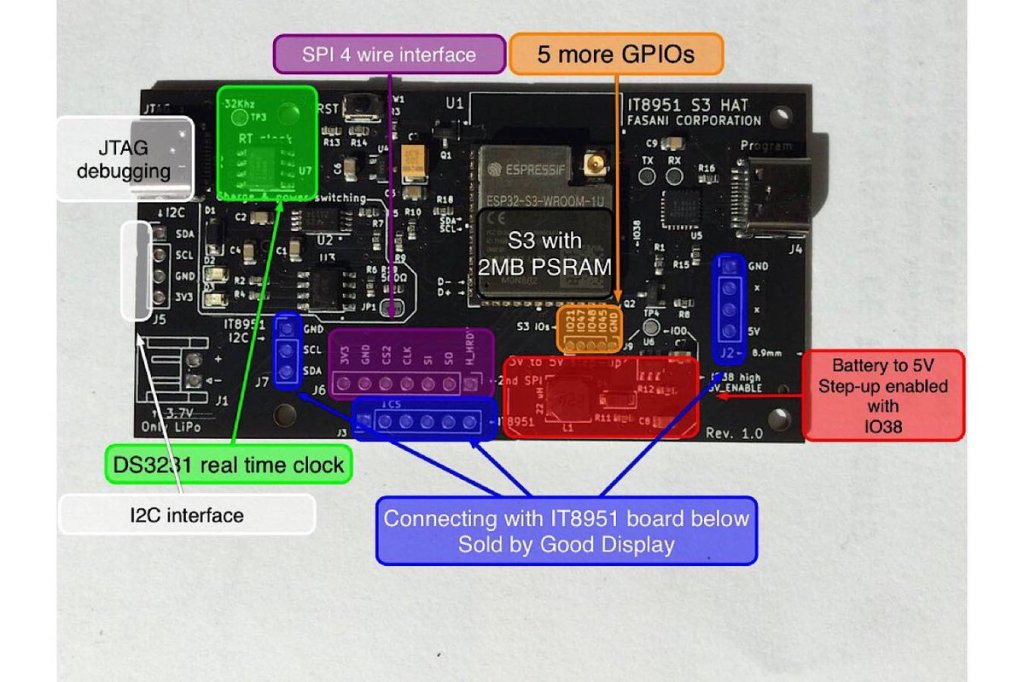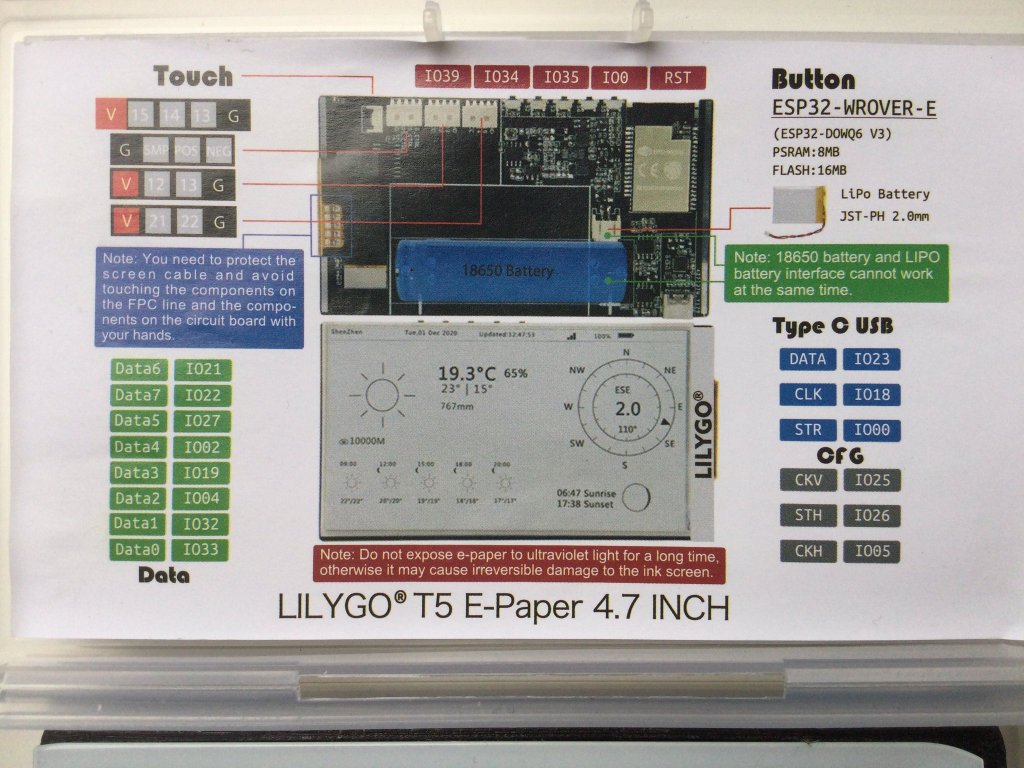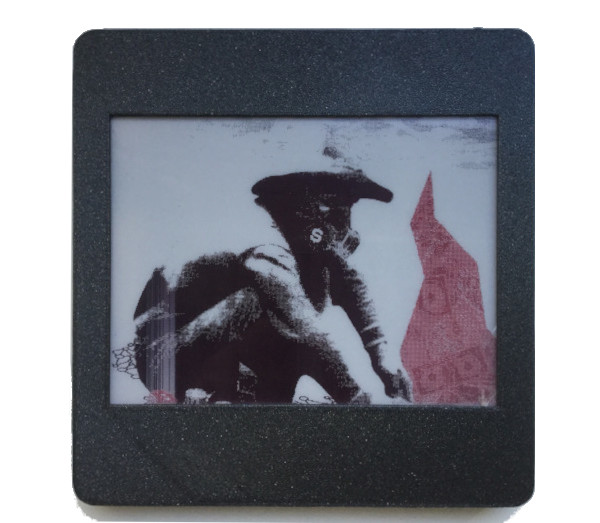-

New Cinwrite SPI HAT for IT8951 parallel epaper controllers
At the moment only available in Tindie Fasani Corporation store this PCB mission is to provide: This Cinwrite PCB is open source Hardware that you can explore and even adapt to your needs. The price is 45 USD since I only made 5 and otherwise it will be impossible to cover the costs. But it…
-
Testing Pine64 Quartz model A board
The Quartz64 Model A is powered by a Rockchip RK3566 quad-core ARM Cortex A55 64-Bit Processor with a Mali G-52 GPU. It comes equipped with 2GB, 4GB or 8GB LPDDR4 system memory, and a 128Mb SPI boot flash. There is also an optional eMMC module (up to 128GB) and a microSD slot for booting. So…
-
Moved to Barcelona
Well it was hard, frustrating and a very tiring experience to say the least. But after finally signing a one year Contract for the apartment, and many “Nos” for other’s we’d liked, but we didn’t qualify since we do not have any spanish work…we are settling down nicely and already got high speed internet installed.Now…
-

LVGL to design UX interfaces on epaper
lv_port_esp32-epaper is the latest successful attempt to design UX in C using Espressif ESP32.If you like the idea please hit the ★ in my repository fork.What is LVGL? LVGL stands for “Light and Versatile Graphics Library” and allows you to design an object oriented user interface in supported devices. So far it supports mostly TFT…
-

CALE.es hits first 100 users
After almost one year on the run, my service to deliver images for epapers and TFT displays finally is starting to get some adoption. The idea was starting at the beginning of 2020 when the epapers and many great projects like EPDiy in hackaday started to be early adopted. Our ESP32 Firmware does 3 things…
-
Analysis of the YouHodler user interface and their default risk assessment
Since about 4 months I’ve been using this site to keep my Crypto assets and I really like the User experience (UX) and also the design, both of the website and their Android / Iphone application. YouHodler is a DeFi platform where you can store your Crypto assets and get a yearly percentage interest, just…
-
Repurposing the MIDI protocol to control Led Matrixes
Meet Remora-matrix a project that started with the idea to sniff MIDI messages and make simple visuals on a LED-Matrix. Our previous Firmware Remora was intended to receive short commands from ORCΛ and make very simple Neopixels animations on addressable LEDs stripes (WS2812B like)With this one I decided to go a step further and make…
-
Understanding how to make good decisions when betting on Crypo Multi HODL bets
Multi HODL is an innovative tool to bet on price changes on Crypto assets invented by YouHodler.com . YouHodler is a Swiss based company that is innovating in the field of Crypto financials.I enjoyed a lot using Multi HODL but I was not well informed when I started with it and I make a lot…
-
Design UX on epaper with ESP32. Add touch!
When I first bought one Good Display 2.7 inch epaper with a FocalTech touch panel, it was a curiosity that I never though it will call my attention, and will end up in one of the wood boxes under my desk. This is the short story of how this small piece of technology really caught…
-
Using WiFi epapers to showcase digital art
Recently I stepped upon superrare.co that is a marketplace to collect and trade unique digital artworks. This and the fact that I follow Josh Katzenmeyer that is a member of this network made more aware of the fact I enjoy watching this artworks very much and got me interested about it. My idea is very…
-
Subscribe
Subscribed
Already have a WordPress.com account? Log in now.